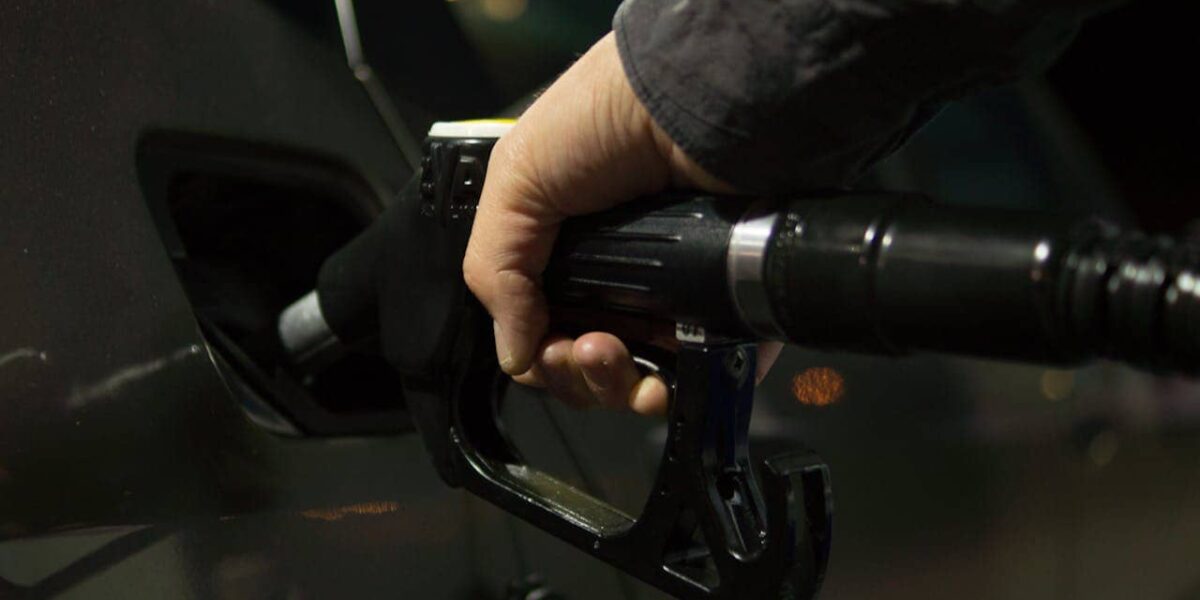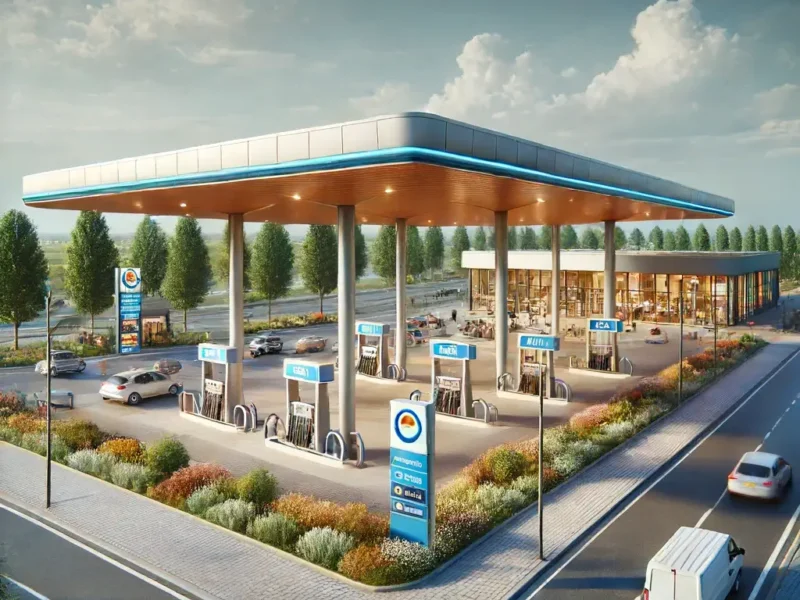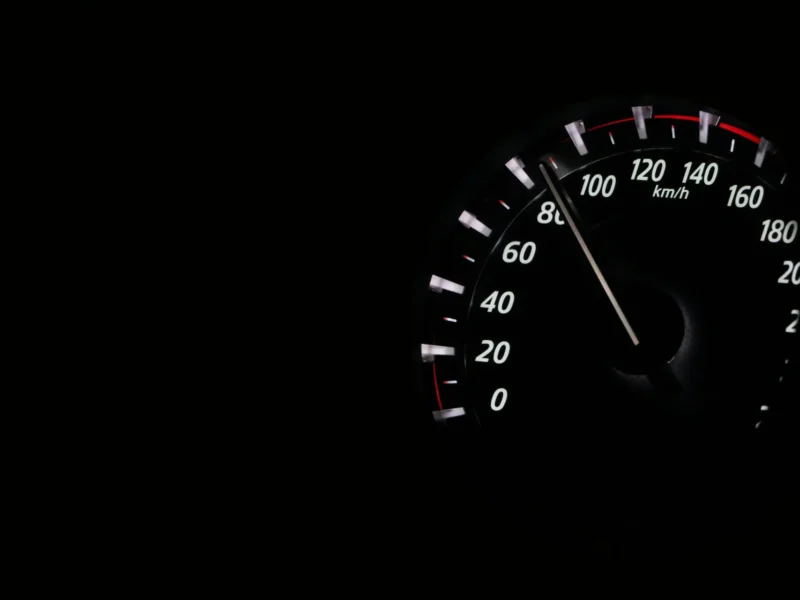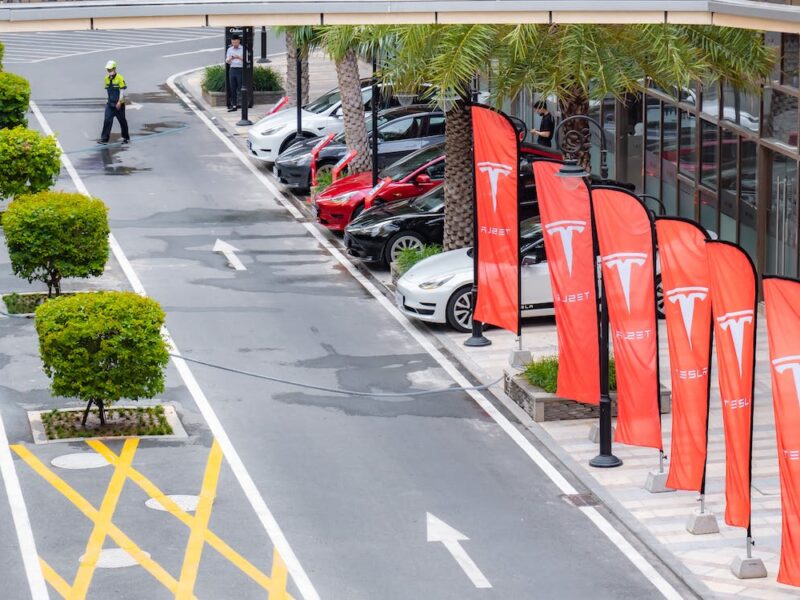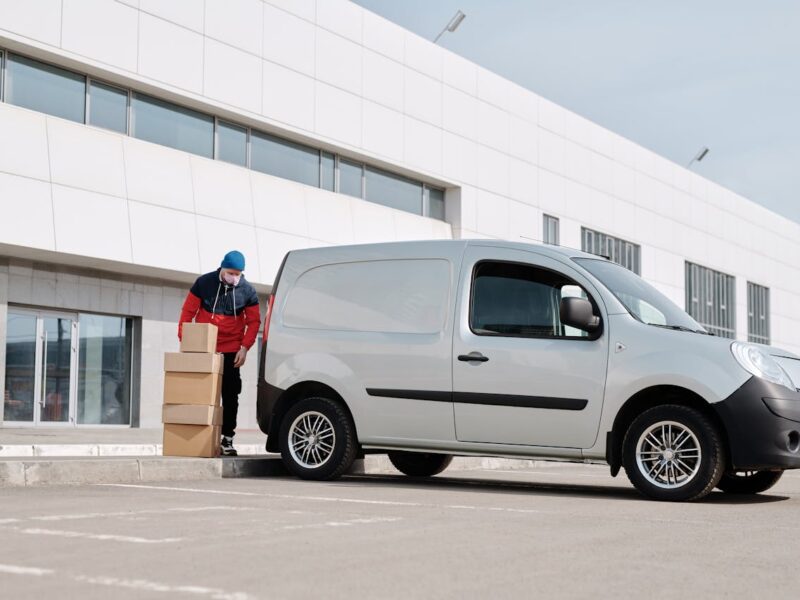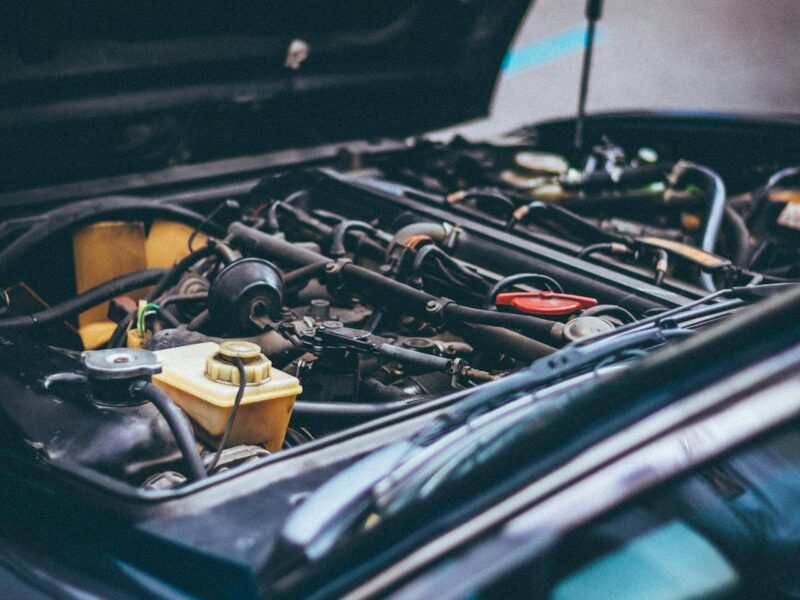What determines the price of petrol?
The price of petrol is a complex interplay of different factors. To understand how much you pay for a litre of petrol, it’s important to look at what makes up the petrol price. Below are the most important elements that influence the petrol price.
Key factors influencing the petrol price
The petrol price is influenced by various factors, of which the Brent oil rate is one of the most important. This rate reflects the global price for crude oil, from which petrol is produced. When the Brent oil rate rises, we often see an immediate increase in prices at the pump. This relates to the cost of raw materials and the global demand for oil.
1. Purchase price of crude oil (Brent)
The price of petrol starts with the purchase price of crude oil (Brent). Crude oil is the basic raw material for all fuels, and its price is heavily influenced by global issues, such as political stability in oil-producing countries, economic growth in emerging markets, and natural disasters. Price movements in international oil markets also affect the price that countries and petrol stations pay for crude oil, which is then passed on to the consumer.
2. Refining costs
After purchasing crude oil, the next step is the refining process, in which crude oil is converted into ready-to-use fuels such as petrol. These refining costs include energy, labour, and the infrastructure needed to process the oil. The refining costs also depend on technological innovations in the refining processes and regulations surrounding environmental requirements. Higher standards for sustainability can lead to additional investments, which in turn influence the costs.
3. Transport and distribution costs
Once the petrol is refined, it must be transported to filling stations. This is done via pipelines, lorries, and sometimes ships. Transport costs include fuel, freight charges, and any infrastructure costs for maintaining the transport networks. The distance from the refinery to the petrol station plays a crucial role in these costs. As a result, prices can differ significantly by region.
4. Excise duties and taxes
In the Netherlands, excise duties and taxes make up a large part of the petrol price. The government levies excise on fuels for various reasons, including environmental policies and generating tax revenue. This means that a significant portion of the price consumers pay at the pump goes to the government.
Regional differences in petrol prices
Petrol prices can vary greatly depending on location. Along motorways prices are often higher, up to 15 cents per litre above the recommended price. Especially away from the motorway, unmanned filling stations and discounters sometimes offer discounts of up to 16 cents per litre. This means consumers can make considerable savings when filling up.
Petrol prices in the Netherlands
In the Netherlands, petrol prices are relatively high due to the significant excise and VAT imposed by the government. Almost 60% of the total fuel price consists of taxes. This means that the price of petrol in the Netherlands is often higher than in neighbouring countries, which sometimes makes motorists wonder why they pay more for the same fuel quality.
Petrol prices in the Caribbean Netherlands
In the Caribbean Netherlands, petrol prices are often lower than in the Netherlands. This is because the tax burden, such as excise and VAT, are significantly less in this region. As a result, motorists in the Caribbean usually pay a friendlier amount per litre of petrol, which for many is a welcome relief in their daily travel costs.
Comparison with German petrol prices
Petrol prices in Germany are often lower than in the Netherlands, but can vary due to different taxes and excise duties. Recent research shows that German motorists sometimes benefit from lower fuel prices, especially due to different excise structures. This can be attractive for people living near the border who regularly fill up in Germany. Due to future changes in excise, it is expected that petrol prices in Germany will become comparable to those in the Netherlands.
Saving on fuel costs
Fuel costs can add up considerably, but there are various ways to save. One of the simplest ways is to choose an (unmanned) petrol station with lower prices. Adapting your driving style can help lower petrol consumption; accelerating and braking gently saves fuel. Also keep an eye on your tyre pressure; softer tyres have more resistance, which costs more fuel.
